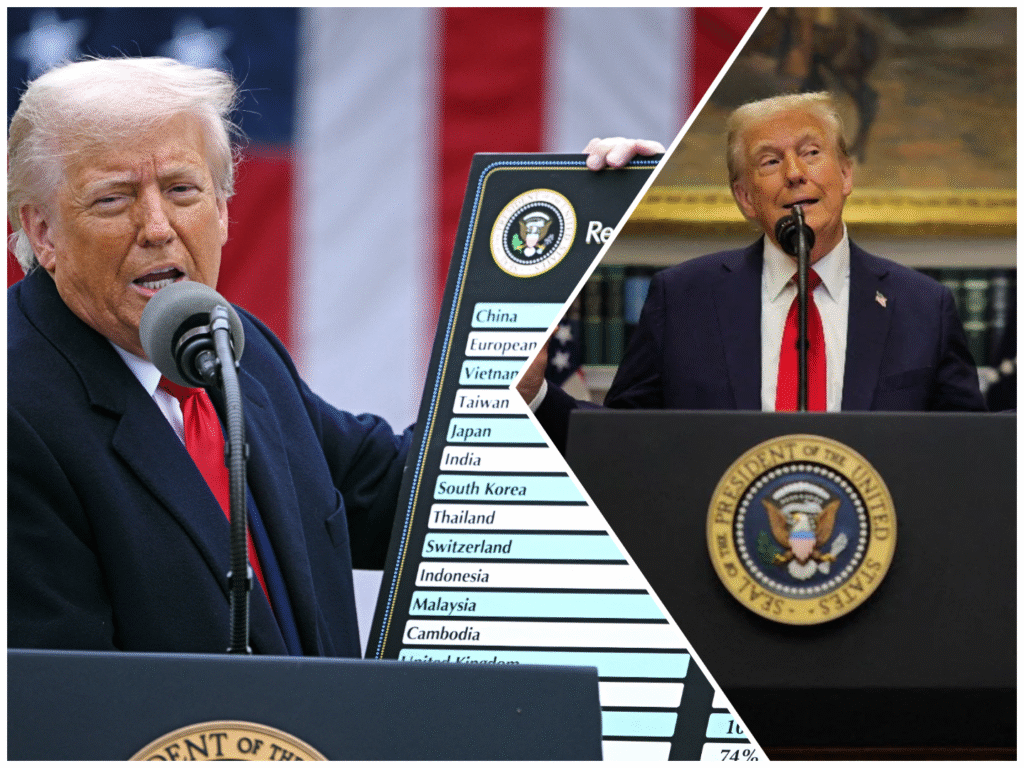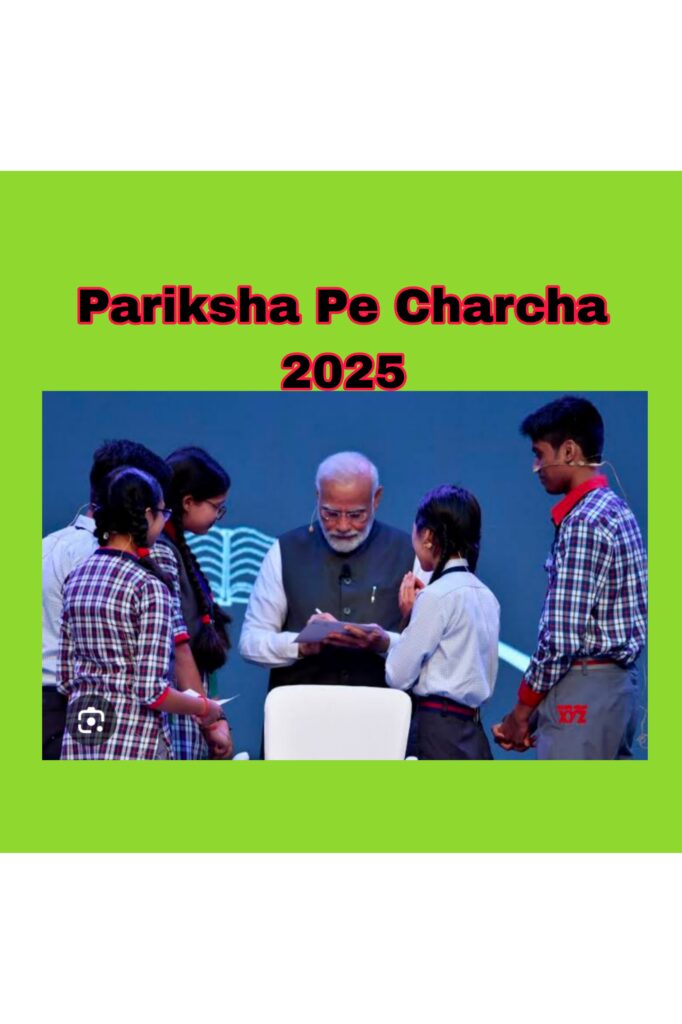As the Russia-Ukraine conflict stretches into its fourth year, the geopolitical landscape is being reshaped not just by military maneuvers but by economic warfare. At the center of this storm is U.S. President Donald Trump, whose aggressive tariff strategy is sending shockwaves through global markets. His latest moves—slapping India with a 50% tariff and pressuring China to impose tariffs ranging from 100% to 500%—are part of a broader campaign to economically isolate Russia. But the ripple effects are being felt far beyond Moscow.

🛢️ The Oil Trigger: Russia’s Lifeline Under Siege
Russia’s economy is heavily dependent on oil exports, and the West has long sought to choke this revenue stream to weaken its military capabilities. Trump’s administration has taken a hardline approach, targeting nations that continue to purchase Russian crude. India, one of the largest buyers, found itself in the crosshairs when Trump signed an executive order in August 2025 doubling tariffs on Indian goods to 50%.
China, another major importer of Russian oil, is now under pressure to follow suit. Reports suggest Beijing is considering retaliatory tariffs ranging from 100% to a staggering 500% on select U.S. goods. This tit-for-tat escalation threatens to unravel years of trade diplomacy and could plunge global commerce into chaos.
🇮🇳 India’s Dilemma: Strategic Autonomy vs Economic Pressure
India’s position is particularly precarious. While it values its strategic partnership with the U.S., it has also maintained strong energy ties with Russia. Trump’s claim that Prime Minister Narendra Modi assured him India would cut back on Russian oil imports was met with skepticism in New Delhi. The Ministry of External Affairs stated it was unaware of any such conversation.
Congress leaders in India criticized Modi’s silence, accusing him of turning into a “Mauni Baba” whenever Trump makes controversial statements. The 50% tariff has hit Indian exporters hard, especially in sectors like textiles, gems, and pharmaceuticals. Trade negotiations have stalled, and Indian officials are scrambling to find a middle ground that preserves both economic interests and diplomatic balance.
🇨🇳 China’s Calculated Response: Tariffs as Leverage
China’s reaction to Trump’s tariff war has been more strategic. While Beijing has not officially confirmed the 100–500% tariff range, analysts believe it is using the threat as leverage in broader trade negotiations. China’s trade deficit with India has widened, and any disruption in U.S.-China trade could further destabilize Asian markets.
Moreover, China’s own energy needs make it unlikely to completely sever ties with Russia. Instead, it may opt for selective tariffs that target politically sensitive U.S. exports, such as agricultural products and high-tech goods. This would allow China to signal compliance with Western pressure while safeguarding its economic interests.
🌍 Global Fallout: Trade Routes in Turmoil
The consequences of Trump’s tariff war are being felt across continents:
- Supply Chain Disruptions: Higher tariffs mean increased costs for manufacturers, leading to delays and shortages in global supply chains.
- Inflationary Pressures: Consumers in the U.S., India, and China are facing rising prices as import costs soar.
- Investment Uncertainty: Multinational corporations are re-evaluating their strategies, with some pulling back from emerging markets due to unpredictability.
- Currency Volatility: The Indian rupee and Chinese yuan have seen fluctuations as investors react to tariff announcements.
🧠 Strategic Intent or Political Theater?
Critics argue that Trump’s tariff strategy is more about political posturing than effective economic policy. His claims often lack verification, and his tendency to “move the goalposts” has frustrated trade negotiators. Yet, there’s no denying that his tactics have forced countries to reassess their alliances and economic dependencies.
Supporters, on the other hand, view the tariffs as a bold move to hold Russia accountable and reassert U.S. dominance in global trade. They believe that economic pressure is a more sustainable tool than military intervention in curbing Russian aggression.
🔍 What’s Next? The Road Ahead
The coming months will be crucial. India is expected to engage in backchannel diplomacy to reduce the tariff burden, while China may unveil its own countermeasures. The U.S. Congress is divided on Trump’s approach, with some lawmakers calling for a more measured strategy.
Meanwhile, Russia continues to find alternative buyers for its oil, including Turkey and some African nations. This diversification could blunt the impact of Western sanctions, prolonging the conflict and complicating global efforts to restore stability.
📌 Conclusion: A World Rewired by Tariffs
Trump’s tariff war is more than a trade dispute—it’s a geopolitical gambit with far-reaching consequences. As nations navigate this new terrain, the balance between economic interests and strategic alliances will be tested like never before. Whether this leads to a more multipolar world or entrenches existing divisions remains to be seen.
One thing is certain: the age of quiet diplomacy is over. In its place stands a world where tariffs speak louder than treaties, and economic warfare is the new normal.


